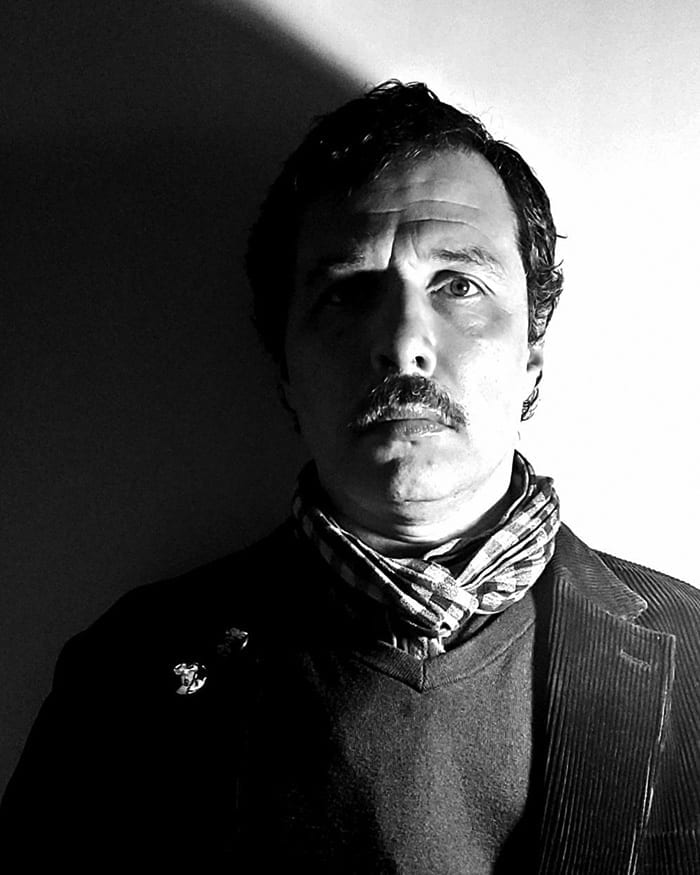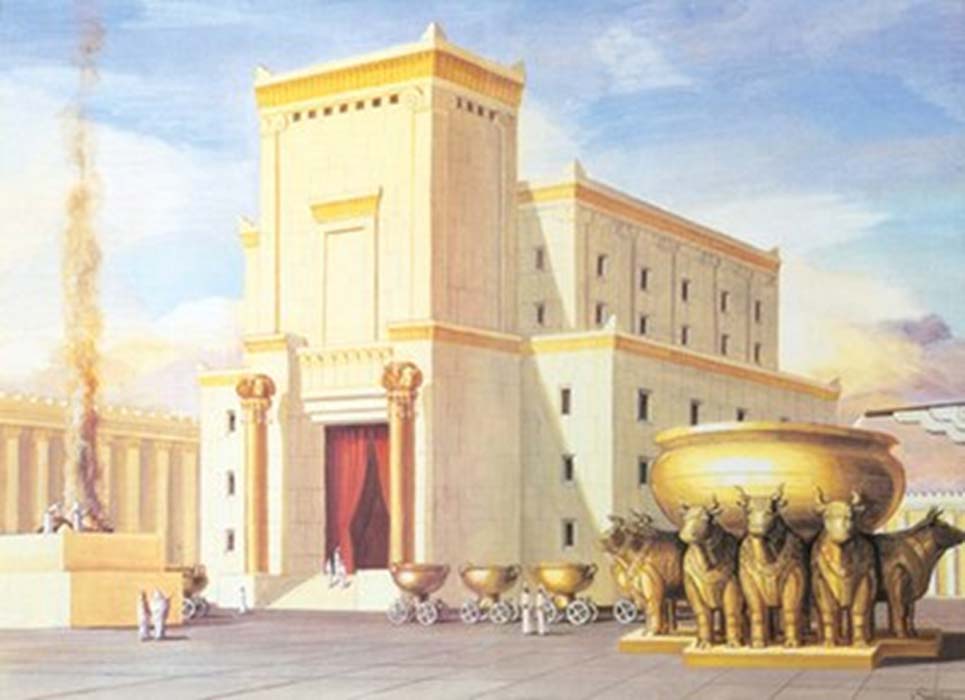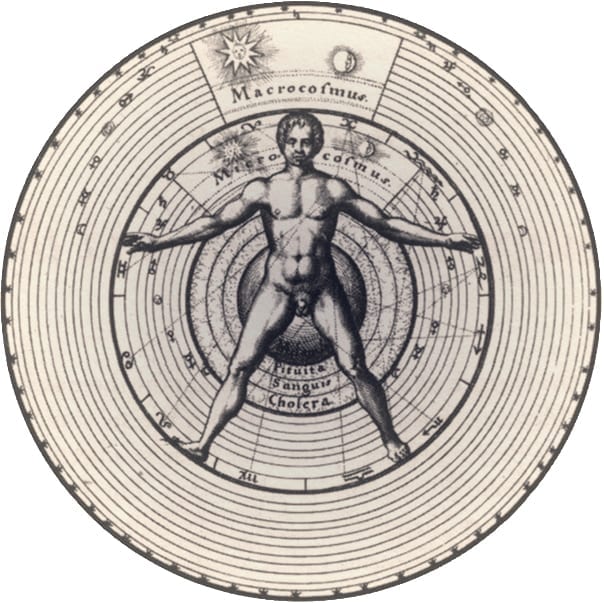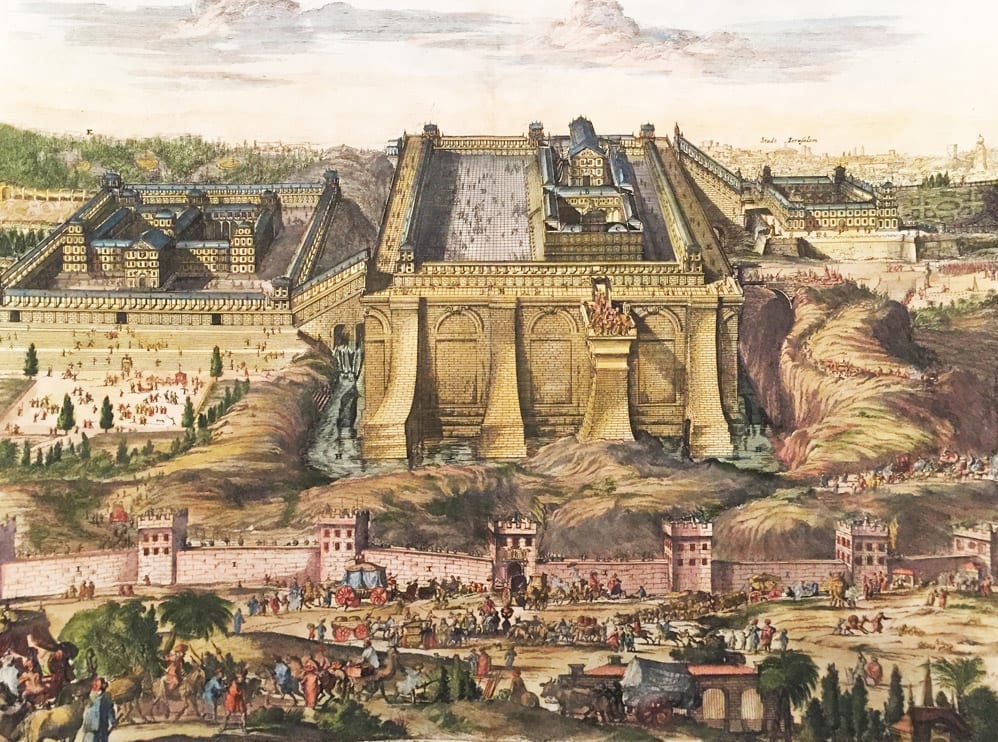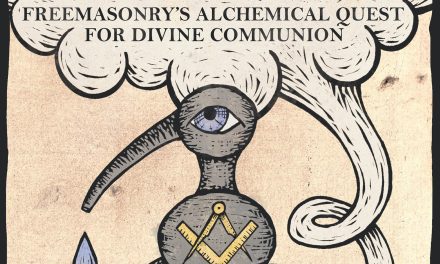THE ARCHETYPAL TEMPLE
Written by Jaime Paul Lamb
For most of us, when we think of a Masonic Temple, we think of the brick-and-mortar building downtown where Lodges meet. While this is true, it is not the only temple with which we are concerned as Masons – nor is it the only temple our labors are designed to raise. For, as we hope to illustrate, the temple simultaneously exists on several planes, such as the terrestrial and celestial; and in several domains, such as the physical, mental and spiritual. In the present article, we will examine how the temple archetype manifests at various scales, as well as how this phenomenon is supported by the Hermetic axiom “that which is above is like that which is below” and its Christian equivalent “on Earth as it is in Heaven”.
Phoenix Masonic Temple. Phoenix, Arizona.
The first thing we need to establish is what we mean by the word temple, which is commonly defined as “a building devoted to the worship, or regarded as the dwelling place, of a god or gods or other objects of religious reverence.” [Entry: “Temple”; Oxford English Dictionary, oed.com] The English word temple comes to us from the Latin templum, which is defined as “a piece of ground consecrated for the taking of auspices, building for worship of a god.” [Entry: “Temple”; Online Etymology Dictionary, etymonline.com] It is also noteworthy to mention the etymological link to the word template, which is a pattern or mold used for standardization in production – a prototypical design plan; this alludes to ideas such as the sympathy between like objects and the essential unity of things in a category. In its most basic sense, we may say that the temple represents physical and/or metaphysical space dedicated to the concentration of sanctified energy – a battery of sorts – tending towards unification or sympathetic resonance.
Next, we need to define what we mean by the temple archetype. C.G. Jung described archetypes in two ways: the archetype-as-such and the archetypal image. [Purrington, Carl Jung on “Archetype” and “Archetypal Image”, Lexicon, 2020, retrieved at: carljungdepthpsychologysite.blog] The archetype-as-such is akin to the concept of the Platonic form; a kind of universal ideal that is itself physically inexpressible; whereas the archetypal image is the representation of the archetype-as-such, an exemplar or manifestation of archetypal qualities. For example, the mother archetype-as-such may manifest in myriad archetypal images, such as the goddess Demeter, a cave, or even the sea. Similarly, the archetypal temple is represented by many disparate expressions on various planes and in various domains.
The building of King Solomon’s Temple figures prominently in the symbolism of Freemasonry. The Lodge rooms of Masonic Temples are invariably configured in such a way as to model the legendary Temple of King Solomon according to biblical descriptions. [See: The Holy Bible, KJV, 1 Kings and 2 Chronicles] A few examples of the replication of Solomonic Temple elements in the Masonic Lodge room are: the presence of the two Brazen Pillars, the Winding Staircase of the Fellowcraft lecture, the altar as a representation of the Holy of Holies, the cardinal directions and their correspondence to the gates of the original Temple. In the second half of the Master Mason degree ceremony, the Lodge room is transformed into the backdrop for the extra-scriptural Mystery play by which the Craft’s central allegorical teaching is transmitted. It is in this sense that King Solomon’s Temple may be seen as the template for the Masonic Temple.
Notably, the standard Masonic Temple is oriented in diametric opposition to descriptions of King Solomon’s Temple. We read in Ezekiel that, if one stood with their back toward the Temple’s door, they would be facing the rising Sun in the east. [The Holy Bible, KJV, Ezekiel 8:16] This would allow the Sun to penetrate the Temple through the east gate, illuminating the Holy of Holies – a common orientation in ancient temple architecture. The reverse orientation of the Lodge room in a Masonic Temple may be an allusion to Freemasonry’s cryptic Hermeticism, in that it seems to point to the Lodge room as representing man, the microcosm, and his station vis-à-vis the House of God’s macrocosm. This sympathetic resonance is made particularly clear by the orientation of the candidate (head in the west, feet in the east) when interred during the second half of the Master Mason degree, which speaks to the mirroring of a microcosmic temple in man.
As one progresses through the degrees and offices of Freemasonry one incrementally develops this inner temple and gains spatial-temporal orientation through the visualization of their parts in the ritual.
In order to advance through the degrees of Freemasonry, the candidate must show proficiency in the material of the preceding degree; this often involves the memorization of a catechism which recounts the manner in which the candidate was initiated. Similarly, as one advances through the various offices in the Masonic Lodge, one must show proficiency in the duties and ritual performances of each office. Memorization of the verbal ritual passages and the corresponding “floor work” of each degree and office is a key element in the formation of a “memory temple” within the mind of each Mason. As one progresses through the degrees and offices of Freemasonry – meeting proficiency at each step – one incrementally develops this inner temple and gains spatial-temporal orientation through the visualization of their parts in the ritual.
If one were to imagine thousands-upon-thousands of Freemasons, over the course of several centuries, each contributing to this “idea” of an inner temple, one might begin to understand what is meant by an “egregorical” or “astral” temple. An egregore is a collective thought-form that is thought to have its own autonomous existence, independent of any particular individual or physical manifestation. [“Manifesto: Positio. Epilogue”, Fama Fraternitatis Rosae Crucis, 1614, p. 25] Similarly, in occult theory, an astral object is thought to exist on a rarified plane above the sublunary sphere, beyond the dense material/elemental plane we inhabit. [Mead, The Doctrine of the Subtle Body in Western Tradition, Watkins, 1919] It may be argued that the subtle energetic visualizations of many so Freemasons over such a protracted period of time have contributed to the concentration of a metaphysical temple, having its own sort of ontology.
Written by Jaime Paul Lamb
In Masonic ritual, Freemasons are informed of a celestial temple referred to as the “house not made with hands, eternal in the heavens,” [The Holy Bible, KJV, 2 Corinthians 5:1] into which structure individual Freemasons are fitted “as living stones”. This is accomplished not merely by the grace of salvation but by the labors of the craftsman who are taught to divest their hearts and minds of the vices and superfluities of life. After having dressed and finished their “rough ashlar” for the builder’s use (a project which is symbolic of their moral and ethical development), the Freemason is entitled to inhabit his place in the very architecture of the cosmic temple.
As we have illustrated, the archetypal temple is hermetically mirrored from the smallest microcosmic scales (the human heart and mind), to the mesocosmic planes (the terrestrial building and the temple of memorization), all the way to its loftiest and most rarified macrocosmic expressions (the egregorical, astral and cosmic “house not made with hands”). The temple simultaneously exists and is fractally expressed at the terrestrial and celestial scales, as well as on the physical, mental and spiritual planes; united in a manner similar to that of Paracelsus’ “signatures” and Posidonius’ cosmic sympathies. This is the doctrine alluded to by the Hermetic axiom “that which is above is like that which is below” as well as by the “on Earth as it is in Heaven” clause of the Lord’s Prayer; that the microcosmic expression of the temple archetype resonates with the most remote and ethereal macrocosm – and that the project of man is to inhabit the various rungs of this metaphysical ladder.
Related Articles
Related
The Hermit Tarot Card: An example for Masons to emulate?
Composing my recent Tria Prima blog regarding Key 7 (The Chariot) has made me think more deeply on the rest of the Major Arcana of the Tarot, looking for obvious – and sometimes not-so-obvious – connections to Freemasonry. The imagery of Key 9 (The Hermit) has always...
The Chariot Tarot Card: The Lodge and Masons in Microcosm?
Recently, when studying the symbolism and meaning of the Major Arcana of the Tarot, some Masonic meanings jumped out at me when looking at Key 7 (the Chariot). As I looked at the imagery on the key – using the deck designed by Bro. Paul Foster Case for his Builders...
The Grand Communication Episode
UPDATE: This episode's audio has been updated to fix a issue where Jaime's sounds dropped out the second half of the episoide. It should now play as intended. Thanks to the listners who pointed out the issue. The Tria Prima guys are joined by author Nathan...
Follow Us
Join
Subscribe For Updates & Offers
Lorem ipsum dolor sit amet, consectetur adipiscing elit. Aenean scelerisque suscipit condimentum. Vestibulum in scelerisque eros. Fusce sed massa vel sem commodo.

